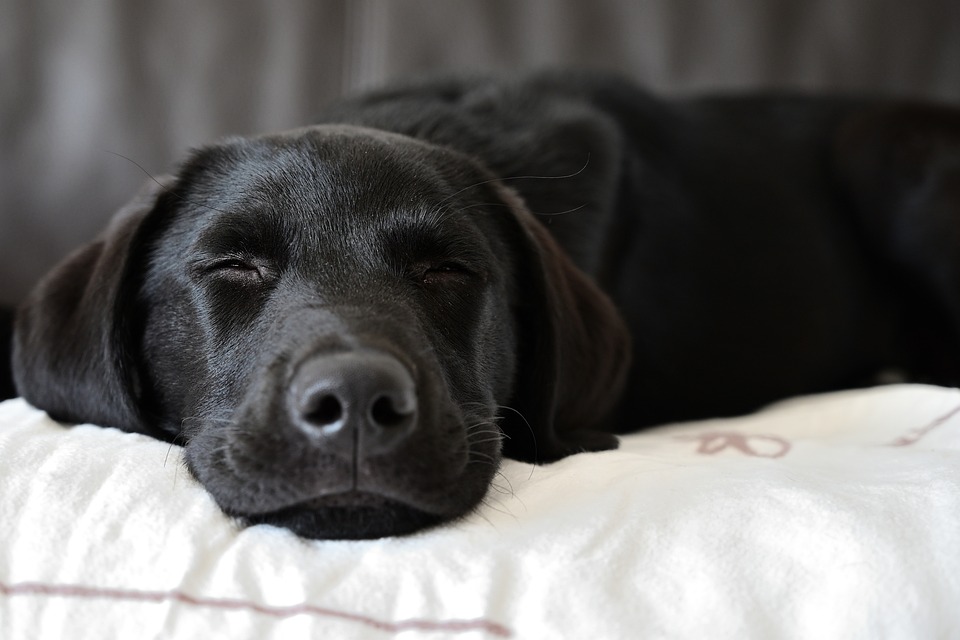Heading 1: Introduction
Taking your dog for a walk is not only a great way to provide exercise but also an opportunity for bonding and exploring the world together. However, using the right equipment is crucial to ensure a safe and enjoyable experience for both you and your furry friend. This comprehensive guide will walk you through the importance of using a dog harness for walks and provide tips on how to properly fit and use one.
Heading 2: Why is a Properly Fitted Dog Harness Important?
A properly fitted dog harness is essential for several reasons. Firstly, it ensures your dog’s comfort during walks. Unlike traditional collars, harnesses distribute the pressure evenly across the chest and shoulders, reducing the risk of choking or neck injuries. This is especially important for dogs with respiratory issues or neck sensitivity.
Secondly, a properly fitted harness increases the overall safety of your dog. It provides better control and minimizes the risk of your dog slipping out or escaping during walks. Additionally, harnesses with reflective materials or built-in LED lights enhance visibility, making your dog more visible during nighttime walks.
Lastly, using a well-fitted harness promotes your dog’s overall well-being. It reduces the strain on their neck and spine, which can be particularly beneficial for senior dogs or those with existing health conditions.
Heading 3: Choosing the Right Dog Harness
Sub-heading 3.1: Evaluating Your Dog’s Size and Breed
When choosing a dog harness, it’s important to consider your dog’s size, breed, and specific physical characteristics. Some breeds may require specialized harnesses, while others may benefit from a particular style or design. Measure your dog’s chest, neck, and girth accurately to determine the appropriate size.
Sub-heading 3.2: Types of Dog Harnesses
There are several types of dog harnesses available in the market, each with its own functionality. Step-in harnesses are easy to put on and great for dogs who dislike having things slipped over their heads. Back-clip harnesses are ideal for well-behaved dogs, distributing the pressure evenly across the back. Front-clip harnesses are recommended for dogs with a tendency to pull, redirecting their attention towards you. No-pull harnesses are specifically designed to discourage pulling behavior.
Heading 4: Properly Fitting a Dog Harness
Sub-heading 4.1: Measuring Your Dog for a Harness
To ensure a proper fit, measure your dog’s chest, neck, and girth using a soft tape measure. Consult the manufacturer’s sizing guide to find the appropriate size based on these measurements.
Sub-heading 4.2: Adjusting the Harness for a Perfect Fit
Once you have the right size, adjust the harness straps and buckles to create a snug yet comfortable fit. Make sure it is not too tight to restrict movement or too loose to slip off. Check for any signs of chafing or excessive pressure on your dog’s body and make adjustments accordingly.
Heading 5: Getting Your Dog Acquainted with the Harness
Introduce the harness gradually to your dog to prevent any negative associations. Use positive reinforcement techniques such as treats, praise, and play to create a positive experience. Practice putting on and taking off the harness in short sessions, gradually increasing the duration until your dog is comfortable wearing it.
Heading 6: Proper Usage of a Dog Harness during Walks
Sub-heading 6.1: Attaching the leash Correctly
Attach the leash to the designated attachment point on the harness, ensuring a secure connection. This prevents accidental escapes and provides optimal control during walks.
Sub-heading 6.2: Walking Techniques with a Harness
Utilize walking techniques such as loose leash walking and leash training to encourage good behavior. For dogs prone to pulling, the front-clip harness can help redirect their attention and discourage pulling behavior.
Heading 7: Frequently Asked Questions (FAQs)
Answer common queries related to dog harnesses, walking techniques, and proper usage. Address concerns such as leaving the harness on all day, harnesses’ effectiveness in leash pulling, frequency of checking the fit, prevention of injuries, and specific harnesses for small or large breeds.
Heading 8: Conclusion
Using a properly fitted and suitable dog harness for walks is crucial for your dog’s comfort, safety, and overall well-being. By investing time in finding the right harness and following proper fitting and usage techniques, you can enhance your walking experience and strengthen the bond with your furry companion. Remember, the right harness can make all the difference in ensuring a pleasant and enjoyable walk for both you and your dog.









